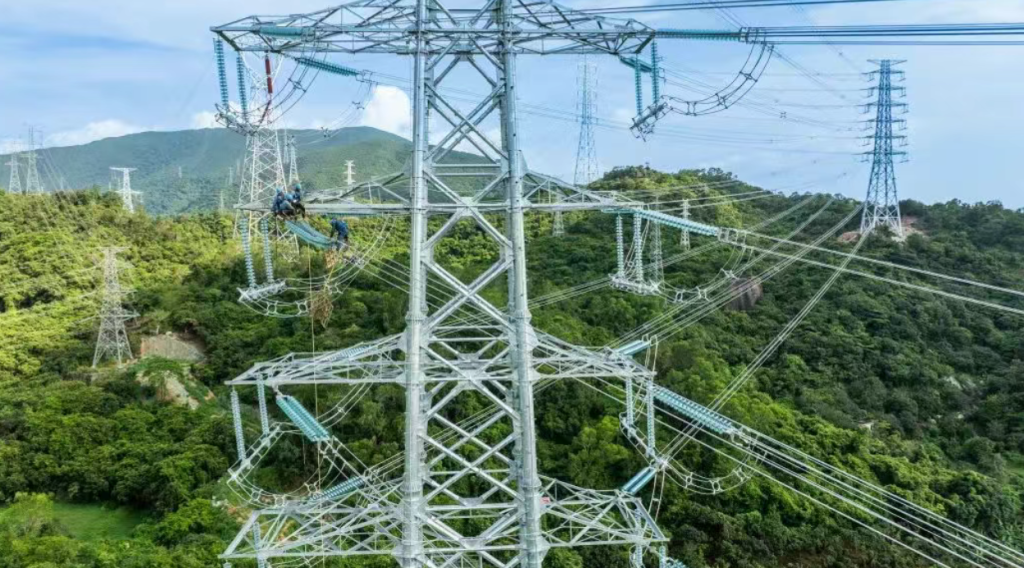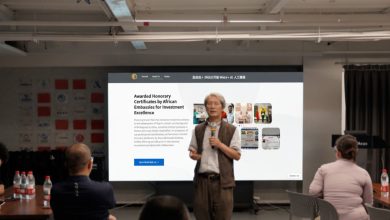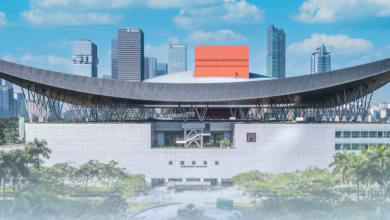
Shenzhen Power Grid Hits Record-High Electricity Load Amid Heatwave

Introduction
On July 7 at 16:55, Shenzhen’s power grid reached a historic peak electricity load of 23,718.6 megawatts (MW), surpassing last year’s record of 23,321.2 MW by 1.70%. This surge comes as the city battles an intense heatwave influenced by Typhoon “Danas”, pushing both residents and businesses to rely heavily on air conditioning and cooling systems.
As someone who has experienced Shenzhen’s sweltering summers firsthand, I can attest to how crucial a stable power supply is—especially during extreme weather. The Southern Power Grid Shenzhen Power Supply Bureau has implemented multiple strategies to ensure grid stability, from AI-driven load forecasting to demand-response programs.
In this article, we’ll explore:
- The factors behind Shenzhen’s rising power demand
- How the city’s grid is adapting to record loads
- Key measures ensuring stable electricity supply
Why Is Shenzhen’s Electricity Demand Surging?
Several factors contribute to Shenzhen’s growing power consumption:
1. Extreme Heat & Typhoon Influence
The past week saw temperatures soaring above 35°C (95°F), exacerbated by Typhoon Danas’ residual humidity. In my experience, Shenzhen’s summers are already intense, but this year’s prolonged heatwave has forced households and offices to run cooling systems non-stop, significantly increasing electricity demand.
2. Economic Growth & Urban Expansion
As one of China’s fastest-growing tech hubs, Shenzhen’s industrial and commercial sectors are expanding rapidly. Data centers, manufacturing plants, and electric vehicle (EV) infrastructure all contribute to higher power consumption.
3. Rising Adoption of Electric Vehicles (EVs)
Shenzhen leads China in EV adoption, with over 500,000 electric vehicles on its roads. Charging stations alone add substantial load to the grid, especially during peak hours.
4. Increased Residential Demand
With more people working remotely due to post-pandemic trends, home electricity usage—from air conditioning to computers—has risen sharply.
Forecasts suggest Shenzhen’s peak load could reach 25,600 MW this year—a 9.8% increase from 2023.
How Shenzhen’s Power Grid Is Managing the Surge
To prevent blackouts and ensure stability, the Southern Power Grid Shenzhen Power Supply Bureau has rolled out several key strategies:
1. AI-Powered Load Forecasting & Grid Optimization
Using real-time data analytics, Shenzhen’s grid operators can predict demand spikes and adjust power distribution dynamically. I’ve seen similar systems in other megacities, but Shenzhen’s AI-driven approach stands out for its precision.
2. “Virtual Power Plants” & Demand Response
One innovative solution is “virtual power plants” (VPPs), which aggregate distributed energy resources (like rooftop solar and battery storage) to balance supply and demand. During peak hours, businesses voluntarily reduce consumption in exchange for incentives—a win-win for grid stability and cost savings.
3. Infrastructure Upgrades & “One Line, One Policy”
Overloaded transmission lines are being upgraded under a “one line, one policy” approach, targeting high-risk areas (especially in urban villages). This ensures that critical zones receive uninterrupted power.
4. Government-Utility Collaboration
Close coordination between Shenzhen’s government and power providers ensures backup generation capacity is ready when needed. Major industrial users are also required to participate in peak-shaving programs.
What’s Next for Shenzhen’s Power Grid?
With climate change leading to more extreme weather, Shenzhen’s power challenges will only grow. However, the city is taking proactive steps:
1. Expanding Renewable Energy Integration
Shenzhen is investing heavily in solar, wind, and energy storage to diversify its power sources. Rooftop solar installations, in particular, are being fast-tracked.
2. Smart Grid & IoT Innovations
The deployment of smart meters and IoT sensors allows for real-time monitoring, reducing outage risks. From my observations, these technologies are making Shenzhen’s grid one of the most resilient in China.
3. Public Awareness & Energy Efficiency Programs
Residents are being encouraged to adopt energy-saving practices, such as using smart thermostats and shifting high-power activities to off-peak hours.
Conclusion: A Model for Sustainable Urban Power Management
Shenzhen’s record-breaking power load highlights both the challenges of rapid urbanization and the innovative solutions being deployed. By combining AI, demand response, and infrastructure upgrades, the city is setting an example for other megacities facing similar pressures.
For businesses and residents, the key takeaway is clear: Energy efficiency and smart consumption will be crucial in the years ahead. If Shenzhen continues on this path, it could become a global benchmark for sustainable urban power management.
Would you like to see similar strategies implemented in your city? Share your thoughts below!





